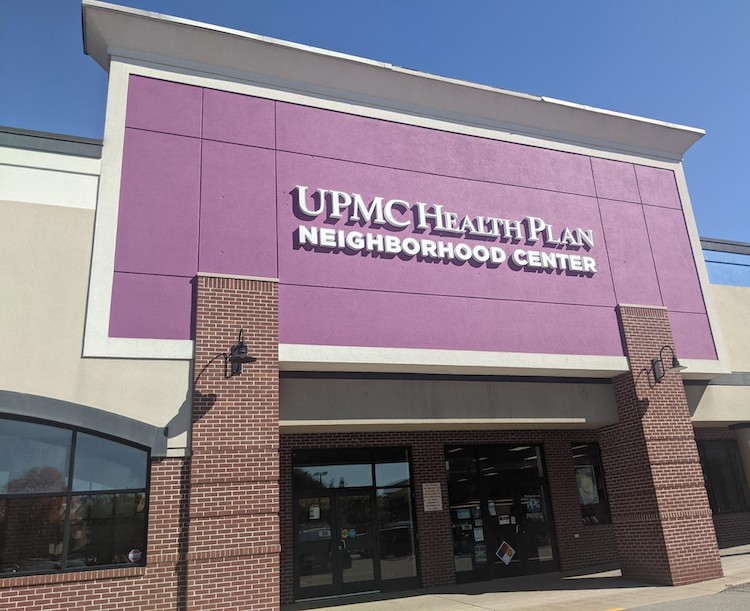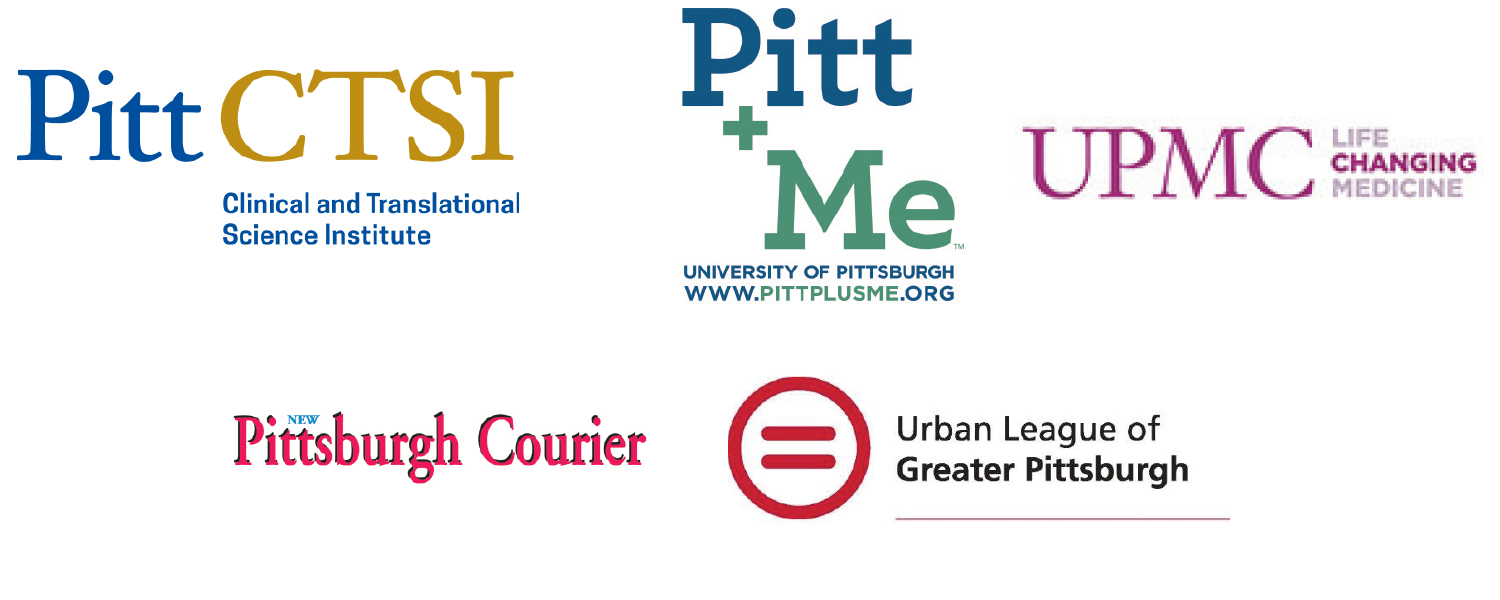Dr. Tracey Conti
From neighborhood to neighborhood, conditions that affect your health are unequal. Community-driven, cooperative efforts can change that for the better.
Our individual health — and the health of our communities — is greatly affected by non-medical conditions beyond our control. This includes where we’re born, grow up, work, live, and grow old.
These conditions are often the result of social, political, and economic forces that shape our world, such as slavery, segregation, and redlining.
Called “social determinants of health (SDoH),” the conditions account for about 80% of people’s health outcomes. That includes increasing the risk of developing diseases like cancer, diabetes, heart problems, and others.
SDoH are broken down into five areas:
Education opportunities and quality: Are children and teens doing well in school?
Economic security: Are people earning a steady income so they can pay healthcare and other bills?
Social and community conditions: Do people have healthy relationships and interactions with family members, co-workers, friends, neighbors, and others?
Neighborhood and the physical environment: Are there safe places for people to live free from toxic elements, violence, and other risks? Does the neighborhood have safe green spaces and sidewalks in good shape?
Health care availability and quality: Are timely, high-quality health care services available, affordable, and reachable? This includes things like cancer screenings, medications, and preventative care.
It’s easy to understand the power these conditions have over our health when we consider the impact of a child born into a neighborhood that struggles with economic security.
According to health.gov, children born into low-income families are more likely to struggle with math and reading.
They’re less likely to graduate from high school or go to college. This means they’re less likely to get a safe, high-paying job and more likely to have health problems like heart disease, diabetes, and depression.
The stress of living in poverty can also affect a child’s brain development and make it harder for them to do well in school.
Interventions to help children and adolescents do well in school — and help families pay for college — can have long-term health benefits.
For Black people, social determinants of health have existed in the U.S. before our country was formally founded.
Since that time, the determinants have had the greatest impact on Black and Brown communities in the form of major health inequities.
Historically, this inequality has largely been ignored or sidelined by policies shaped by systemic racism.
In the 1960s, for example, paying for the Vietnam War put an end to funding and support for a national plan to reduce poverty levels, racial injustice, and crime. According to Dr. Martin Luther King, the war was another example of race-based domination.
Today, however — thanks to the rise of social media and, most recently, the COVID-19 pandemic — ignoring health inequities in Black and Brown communities is impossible.
“Social media has become a powerful tool to expose and have conversations about health injustices,” says Dr. Tracey Conti, Chair and Associate Professor, Department of Family Medicine, University of Pittsburgh School of Medicine.
“The pandemic in particular has exposed those injustices, brought them into the light, and resulted in change on the local and national level.”
Dr. Conti, who’s dedicated her career to empowering underserved patients, believes that where people live shouldn’t play such a powerful role in their health. “Pittsburgh will be an even greater city when every ZIP Code shares the same positive health outcomes,” she says.
According to Dr. Conti, that’s not a far-fetched idea — if the policies that support positive health outcomes are driven by community engagement and collaboration.
A recent example of local collaboration opened in December in the form of the new UPMC Health Plan Neighborhood Center in East Liberty.

The center was created based on input from more than 30 community organizations and is run by East Liberty resident Thomas Washington, Program Director, UPMC Health Plan.
One of the most important features of the center is its computer workstations for public use. The idea is to help improve health outcomes by breaking down one of the largest employment and medical care barriers for underserved communities: lack of broadband.
“We saw a major disparity in Education Access and Quality during the early days of the COVID shutdown,” says Dr. Conti. “Children in underserved areas couldn’t transition to online school quickly. There was no high-speed internet access and they lacked equipment.
“The same is true when people are trying to apply online for jobs, access medical care, or complete voting-by-mail forms,” Dr. Conti continues.
The center also offers two private rooms for telehealth visits, a food pantry to improve food security, and job training sessions. It features temporary childcare for parents who are visiting the center, and other programs and services specifically requested by community members.
Dr. Conti is hopeful the center’s presence will be a starting point for creating deeper trust between East Liberty residents and healthcare organizations like UPMC — and be a model for creating other centers.
“The UPMC Neighborhood center is an important resource that was created based on what the community wanted and needed — not what UPMC thought they should have,” she explains. “It was built by listening to the community not directing them. The goal was not to make money, but to improve the conditions that can impact people’s health.”
Will the center be a success and improve the health outcomes for the people it serves?
“East Liberty residents will be the judge of that,” Dr. Conti says. “The center is a small example of community engagement. It shows the power people have when they partner with healthcare organizations to make the conditions of health the same — regardless of where people live.”
